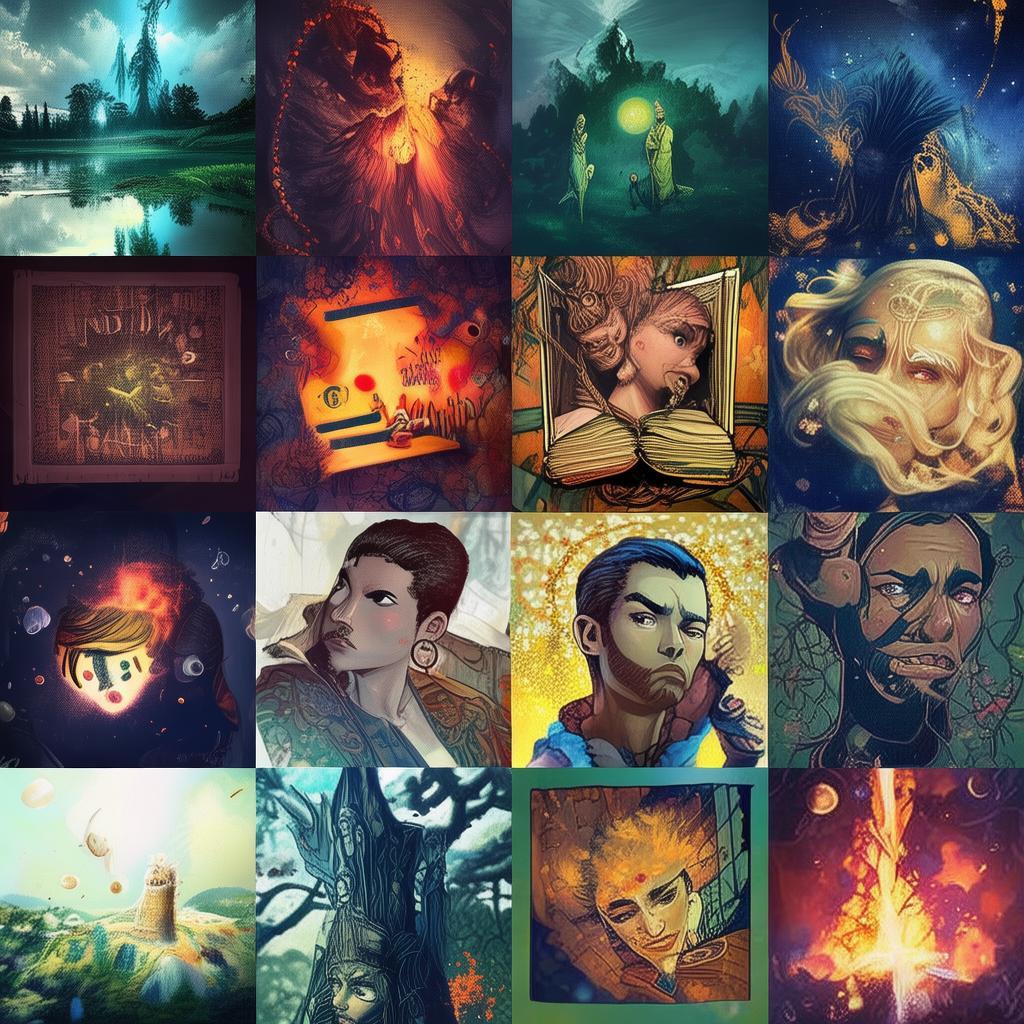The Raven's Riddle and the White Goose's Mystery: A Tale of Redemption
In the heart of the lush, ancient forest of Eldergrove, a village nestled between rolling hills and whispering woods, there lived a reclusive artist named Elara. Her home, a quaint cottage with a garden of blooming flowers and a small, weathered sign reading "The Raven's Haven," was a sanctuary from the bustling world outside. But even in this solitude, Elara's past clung to her like a shadow, a reminder of the betrayal that had once shattered her world.
Elara's talent was unparalleled; her paintings, rich with emotion and depth, often depicted the serene beauty of the forest juxtaposed with darker themes of loss and longing. The villagers whispered about her works, speculating that the raven that perched on the garden fence was the inspiration for her most famous piece, "The Raven's Lament."
One crisp autumn morning, as Elara was sketching the silhouette of a white goose that occasionally visited her garden, a mysterious note fluttered to the ground. It read:
"The Raven's Riddle and the White Goose's Mystery: Solve them, and redemption shall be yours.
Elara's heart raced. She had heard the legends of the Raven's Riddle and the White Goose's Mystery, tales that had been passed down through generations. They spoke of a hidden treasure that could only be uncovered by those pure of heart and those willing to confront their deepest fears.
Determined to uncover the truth, Elara began her investigation. She visited the old library, a place she had long avoided, where the archivist, Mrs. Whitmore, provided her with dusty tomes filled with cryptic clues and faded illustrations of the symbols she had seen in her dreams.
One evening, while searching through the ancient books, Elara stumbled upon a painting that seemed to jump off the page—a portrait of a young woman, her eyes filled with sorrow, holding a raven and a white goose. Below the portrait, in a barely legible scrawl, was a riddle:
In the heart of darkness, where shadows whisper secrets,
The white goose's song echoes, but it cannot be heard.
The raven flies high, its heart as black as night,
Yet it seeks the light, for it knows the truth that lies within.
Elara's mind raced. The Raven's Riddle was as enigmatic as the White Goose's Mystery. She sought out the village's oldest resident, Mr. Blackwood, who had claimed to have seen both symbols in his youth.
"Elara, the raven represents the darkness of our past, the shadows we must confront. The white goose is purity, the hope of a new beginning. They are both searching for the truth, for the light," Mr. Blackwood explained, his eyes twinkling with the wisdom of many years.
Elara realized that the Raven's Riddle was not just a literal challenge but a metaphor for her own journey. She had to confront the darkness of her past, the betrayal that had driven her to solitude, and find the light within herself.

She spent days and nights delving deeper into the mystery, her mind consumed by the symbols and the stories. One night, as she was drawing by the light of the moon, she noticed the raven and the white goose watching her from the garden.
Without a word, the raven flew towards her, its shadowy form moving gracefully through the air. The white goose followed, its feathers glistening in the moonlight. They landed on her sketchpad, and Elara felt a sudden clarity.
She picked up her pencil and began to draw. The raven's form merged with the white goose's, creating a symbol she had never seen before—a raven's head atop a goose's body, their eyes meeting in a silent understanding.
In that moment, Elara understood that the riddle was about the duality of her own soul—darkness and light, pain and hope. She realized that the true treasure she sought was not gold or jewels but the strength to face her past and find forgiveness.
With newfound courage, Elara sought out the village's most reclusive figure, a wise old woman named Elspeth, who was said to know the answers to all the village's riddles.
Elspeth, with a gentle smile, listened to Elara's story. "You have found the key to the riddle," she said, "but the final piece lies within your heart. Only when you can forgive yourself and others can you truly be free."
Tears filled Elara's eyes as she realized the weight of her past was lifting. She knew that the journey was not over, but she was ready to face the world with a heart that had been purified by the riddle and the mystery.
In the days that followed, Elara's art began to change. Her paintings still depicted the beauty of the forest, but now they also carried the weight of hope and redemption. The village, once wary of her, began to embrace her once more, drawn to her art and her newfound strength.
As the seasons changed and the Raven's Haven flourished, Elara learned that the greatest treasure was not gold but the ability to find light in the darkness, to love again, and to forgive.
And so, the legend of Elara, the artist who solved the Raven's Riddle and the White Goose's Mystery, spread through Eldergrove like the wind through the trees.
✨ Original Statement ✨
All articles published on this website (including but not limited to text, images, videos, and other content) are original or authorized for reposting and are protected by relevant laws. Without the explicit written permission of this website, no individual or organization may copy, modify, repost, or use the content for commercial purposes.
If you need to quote or cooperate, please contact this site for authorization. We reserve the right to pursue legal responsibility for any unauthorized use.
Hereby declared.









